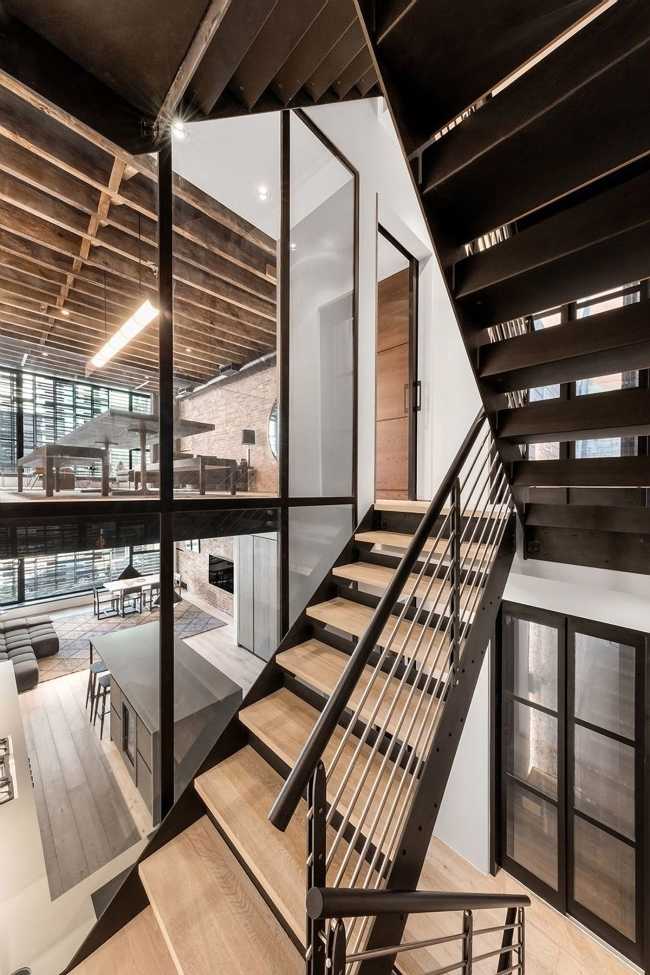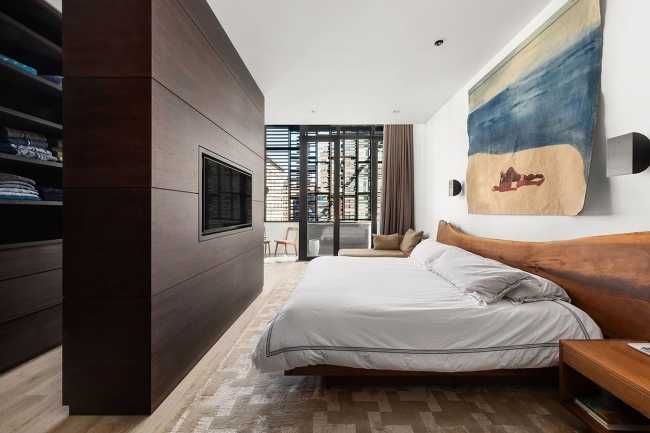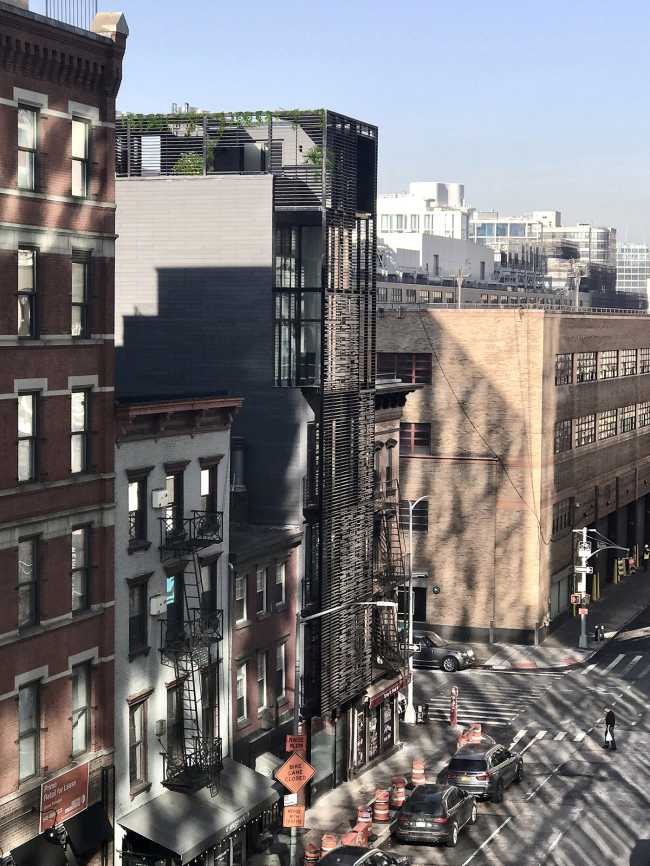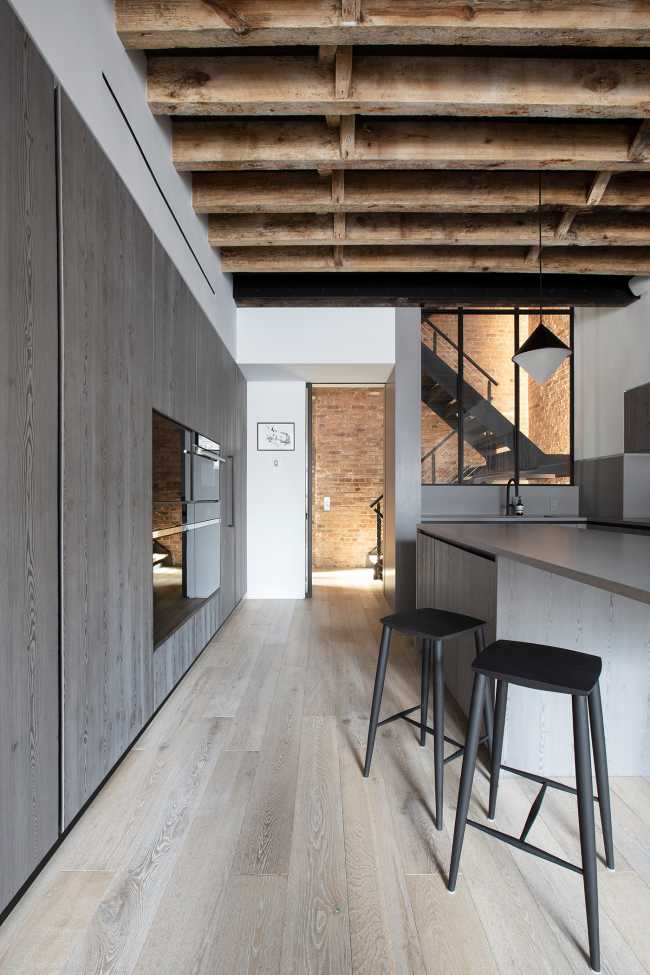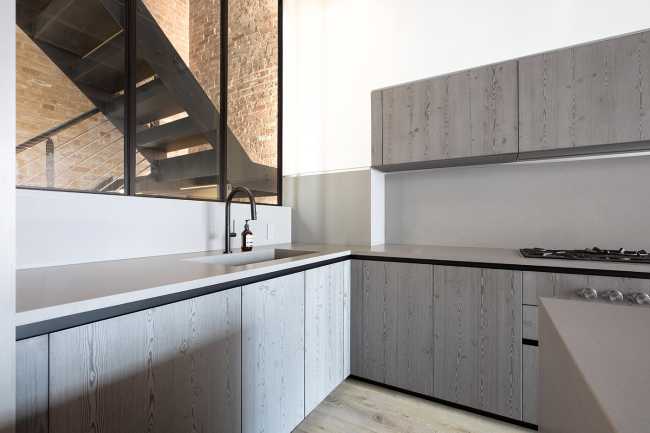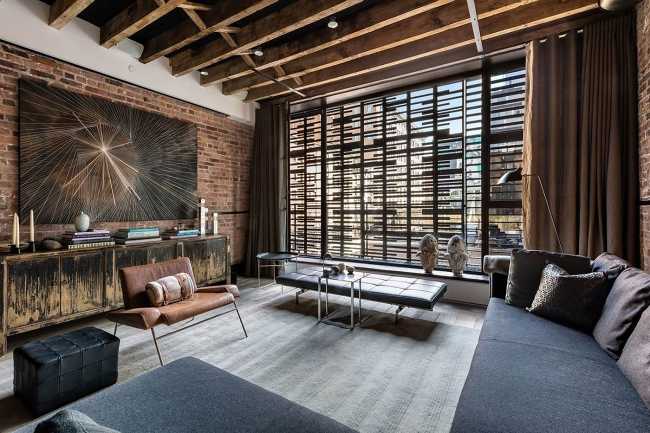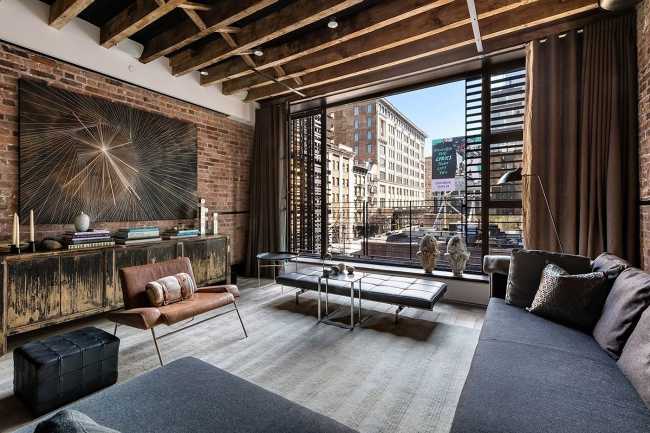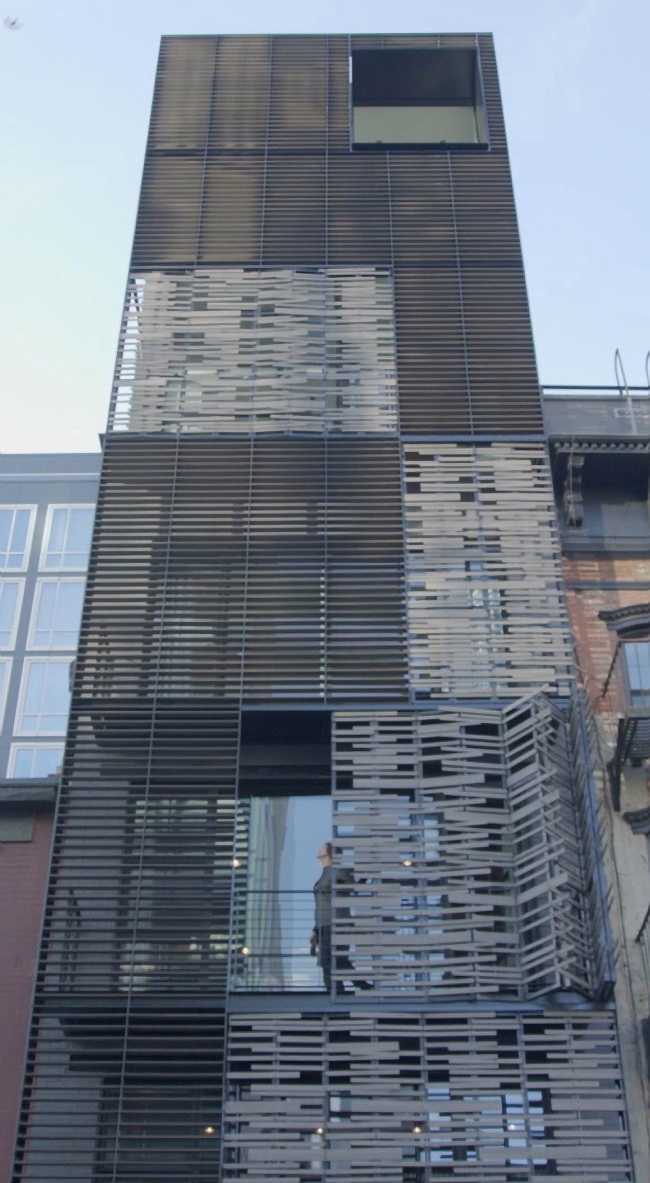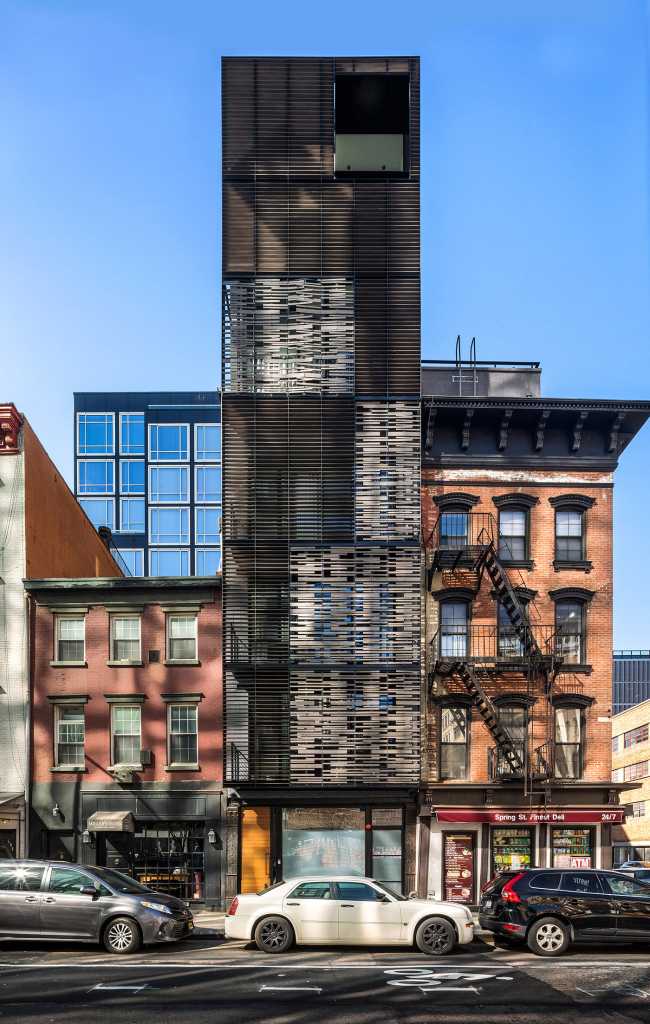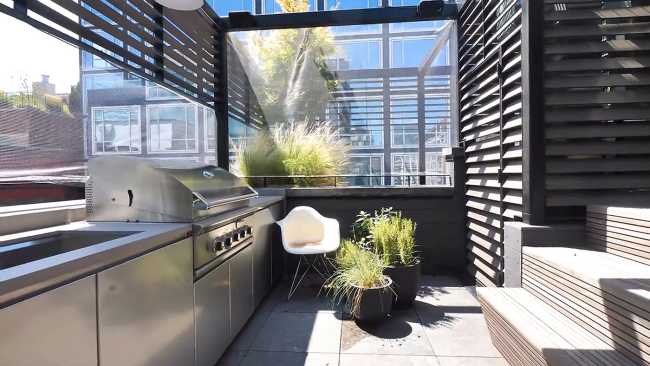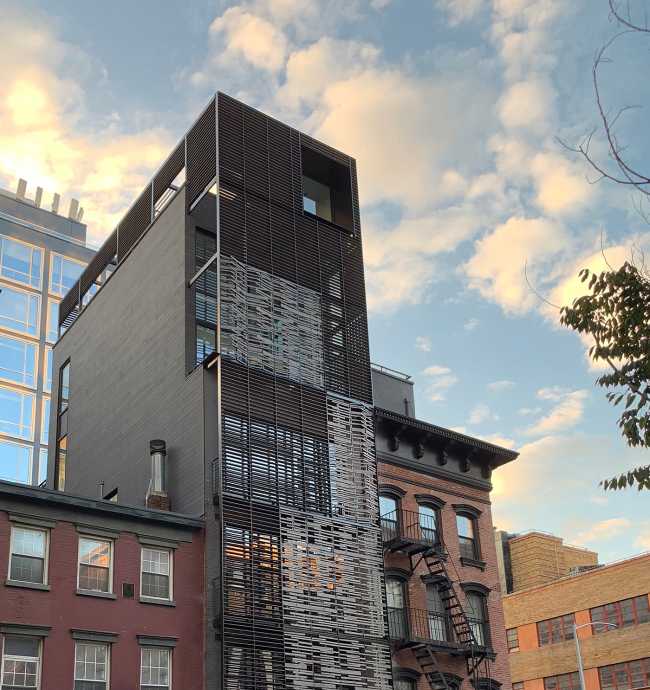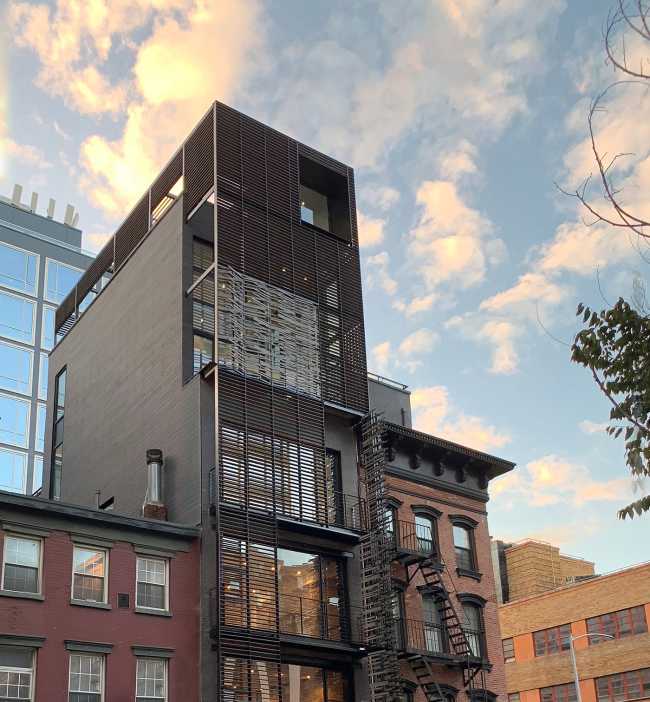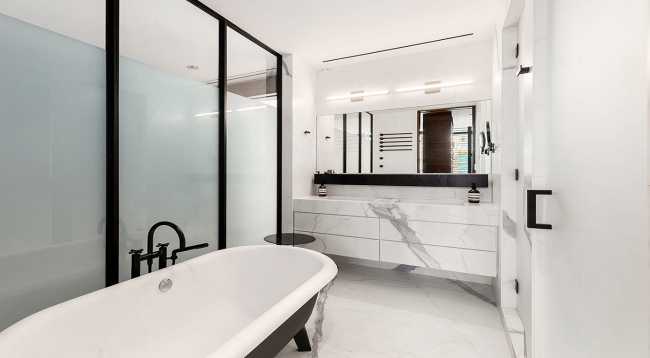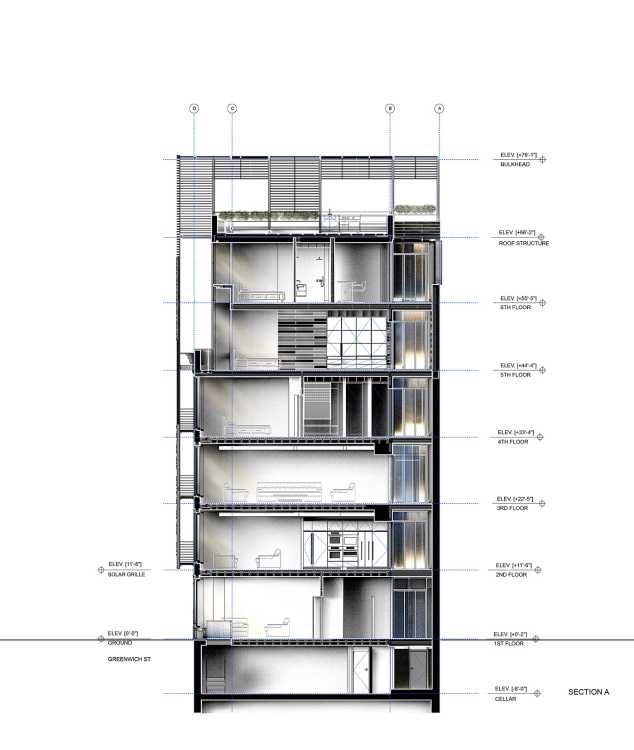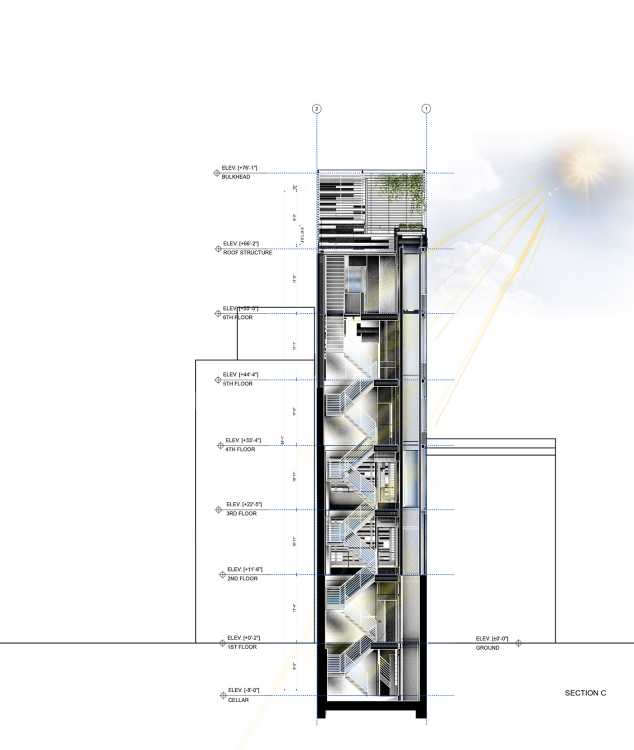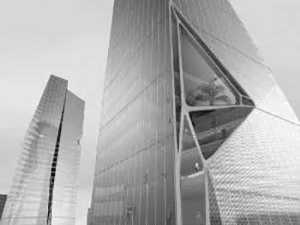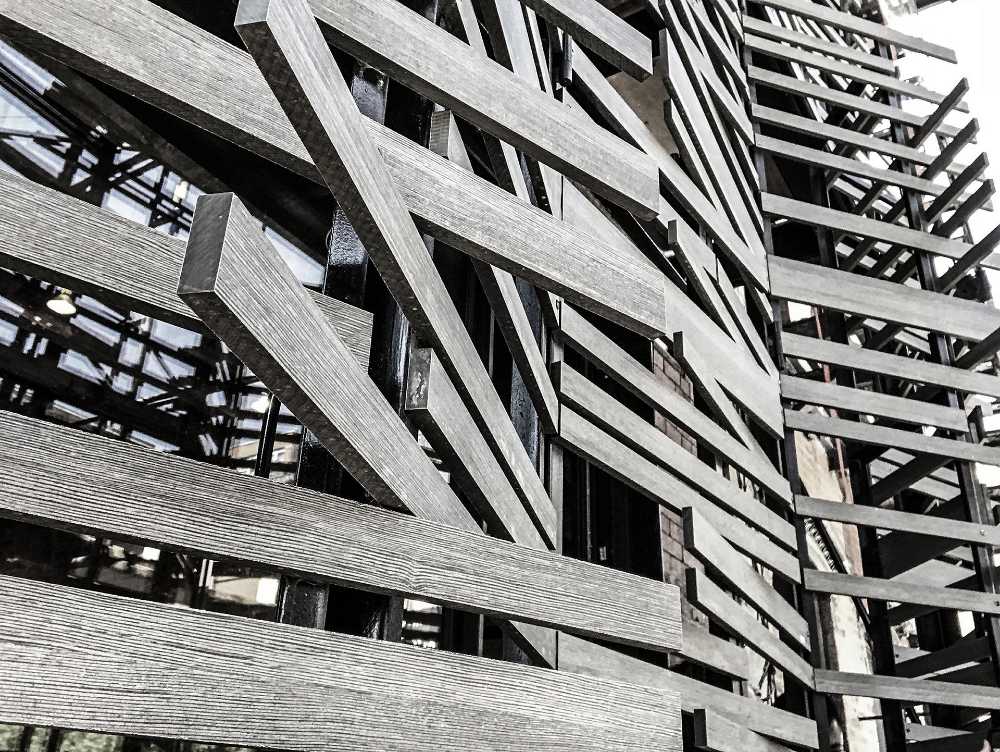

512GW Townhouse: Climate Skin for an urban residence in Soho
Archi-Tectonics converted a long and narrow industrial structure in Soho into a spacious and flexible 8-story family home. The size of the space was doubled by adding a 4-story structure to the original townhouse, and unifying the two volumes with a 3D envelope: the Climate Skin
- #America
- #United States
- #Architectures
- #Building recovery
- #Residence
- #Condominium
- #Metal
- #Wood
- #Restyling
- #Architecture
- #Architectures
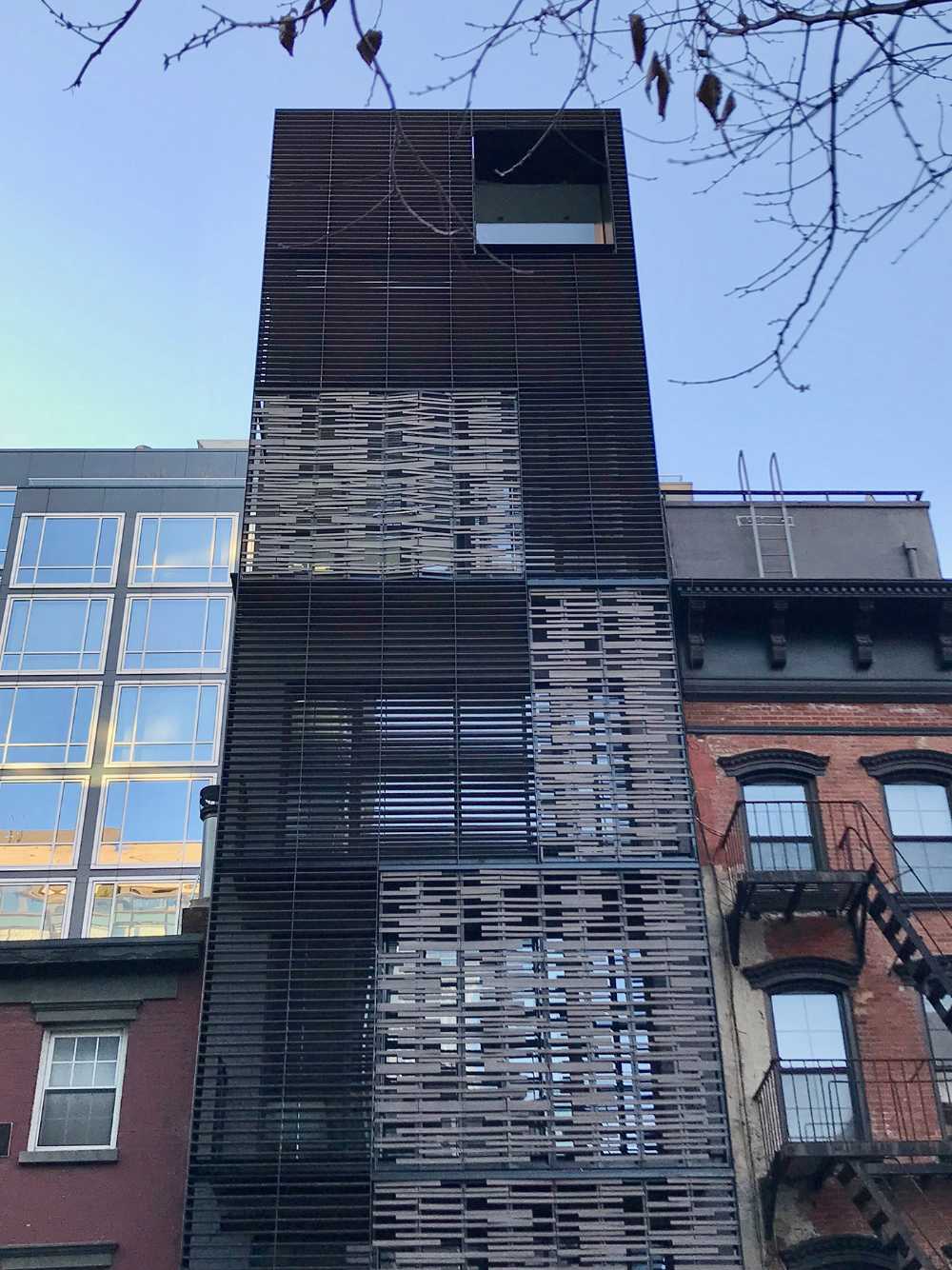
The envelope focused on comfort and sustainability
The Climate Skin doesn't stop at the facade but also wraps around the roof, creating an outdoor private room with a green roof and giving life to an outdoor dining area. The Climate Skin allows for regulating ventilation, light, shade, and temperature so that the building naturally adapts to the environmental conditions of its location.
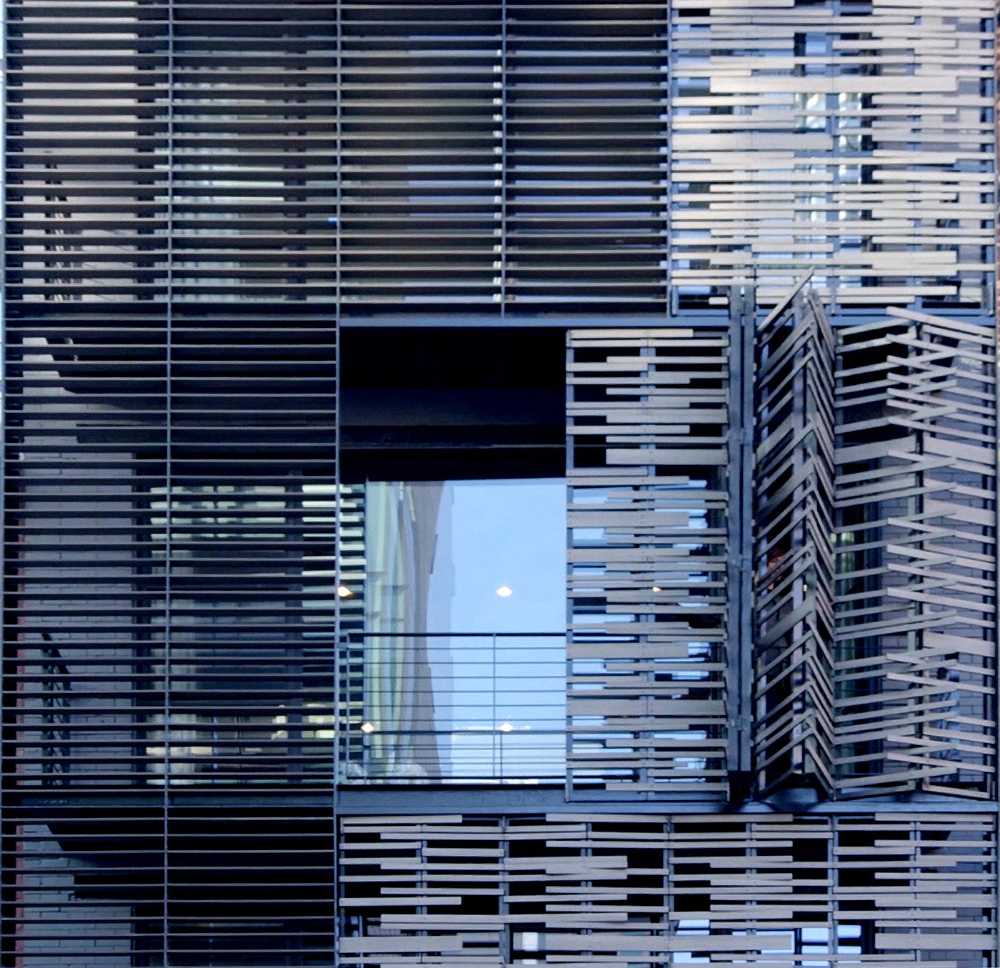
The interior between historical memory and vertical spatiality
Inside, the project respects the history of the building by restoring the existing bricks and materials for up-cycling. The black steel in the original building is reused throughout the house, for example in the staircase that spans the eight floors of the building, illuminated from above by a glass covering. At the top, a perfect corner for meditation where the Climate Skin is interrupted projecting the view over the Soho neighborhood. On each floor, the project by Archi-Tectonics introduces double-height volumes that allow for interconnected space and let the gaze and light roam in a sensation of extreme verticality and a dynamic spatial daily experience.
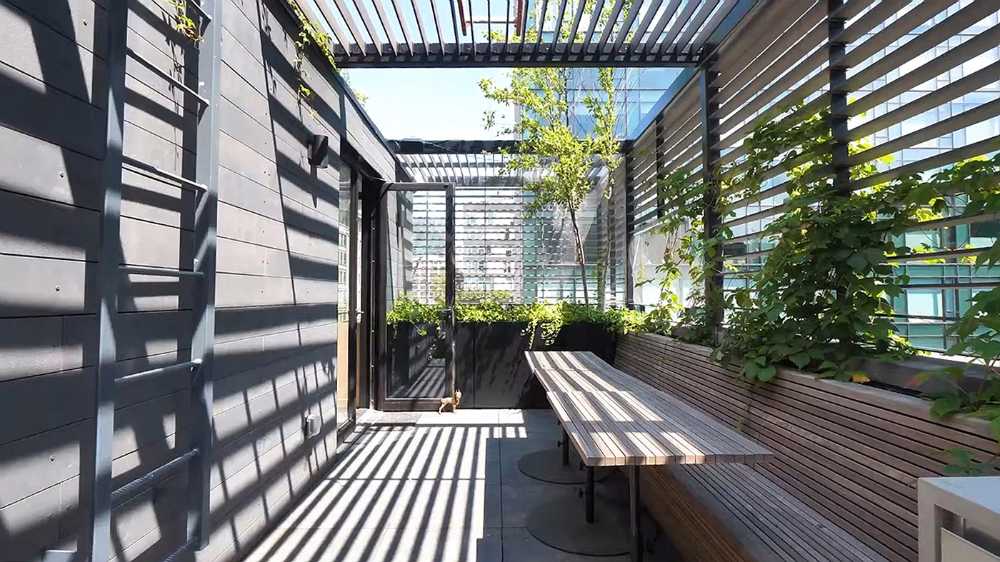
A sustainable model for the urban life of the future
This urban residence represents an innovative approach to densifying a city challenged by housing shortages and skyrocketing real estate prices: not only does it offer residents a variety of elegant living spaces, workspaces, and generous outdoor areas, but it also respects the existing characteristics of the city and represents a potential future for urban life. The adaptability of the climate skin to environmental conditions represents a rethinking of the environmental footprint of living and reduces energy costs. It anticipates future, more sustainable design approaches for urban living.
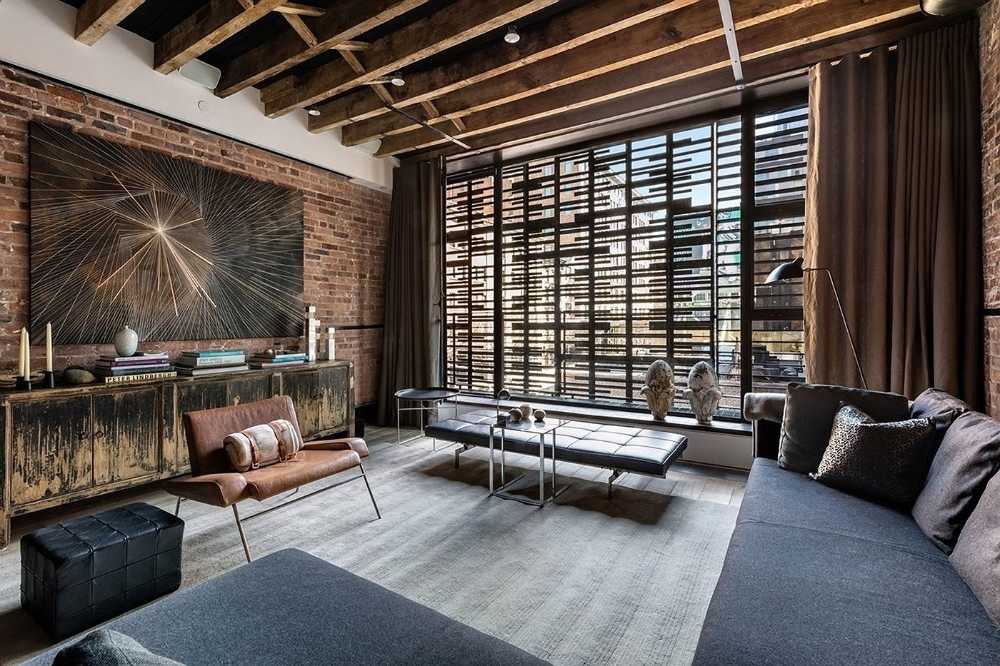
Gallery
Photo credits
Cover image: Archi-Tectonics
Article images: 1 Archi-Tectonics - 2 Surface Magazine - 3, 4 Evan Joseph
Gallery images: 1, 2, 6, 7, 9, 10, 13 Evan Joseph - 3, 11, 12, 14, 15 Archi-Tectonics - 4, 5 Federica Carlet - 8 Surface Magazine

